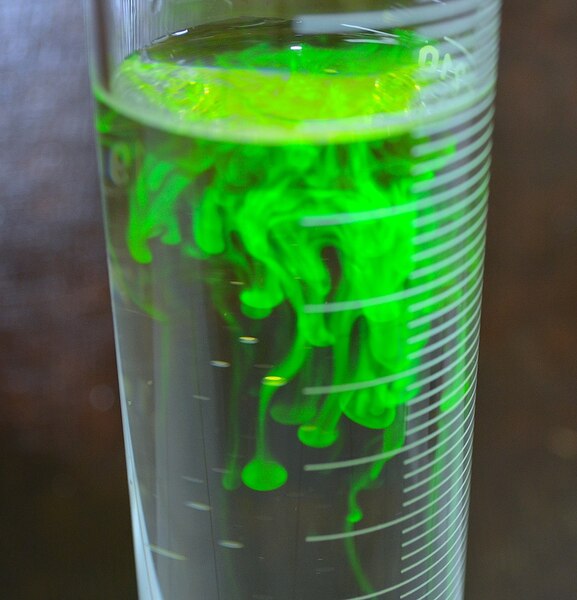Fluorescein or Green Fluorescent Protein: Is It Possible to Create a Sensor for Dehydration?
(1) Harker High School, San Jose, California, (2) Schmahl Science Workshops, San Jose, California
https://doi.org/10.59720/19-040
Dehydration occurs when more fluid leaves the body than enters it. Dehydration can cause symptoms ranging from headaches and dizziness, to more severe symptoms like fever and unconsciousness. Currently there is no early dehydration detection system using temperature and pH as indicators. A sensor could alert the wearer and others of low hydration levels, which would normally be difficult to catch prior to more serious complications resulting from dehydration. The temperature and pH of skin are known to increase and decrease, respectively, with dehydration. These variables are also known to affect the fluorescence of certain fluorophores, which could provide a visible marker of dehydration. In this study, a protein fluorophore, green fluorescent protein (GFP), and a chemical fluorophore, fluorescein, were tested for a change in fluorescence in response to increased temperature or decreased pH. Neither fluorophore was affected by the changes in temperature. However, both lost their fluorescence when the pH of their environment was decreased. We also tested whether the fluorescence returned to its standard brightness when the temperature and pH were normalized. Reversing the pH change did not restore GFP fluorescence, but that of fluorescein was re-established. This finding suggests that fluorescein could be used as a reusable sensor for a dehydration-related pH change.
This article has been tagged with: